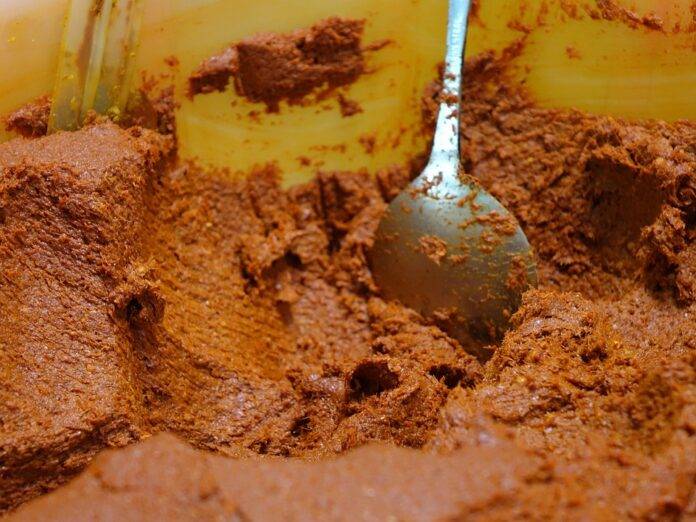The Global Chilli Paste Market From Traditional Heat to Global Culinary Demand
The global chilli paste market has experienced a significant transformation in recent years, evolving from a traditional condiment to a sought-after culinary ingredient with growing demand worldwide. This shift can be attributed to changing consumer preferences, increased globalization, and the rising popularity of spicy cuisine across various cultures.
Traditional Roots and Cultural Significance
Chilli paste has a long history in many culinary traditions, particularly in regions like Southeast Asia, Latin America, and the Middle East. It is commonly used to add heat, flavor, and complexity to dishes, ranging from soups and stews to marinades and sauces. In countries like Thailand, Mexico, and India, chilli paste is a staple ingredient that is central to the local cuisine and cultural identity.
Global Expansion and Market Growth
In recent years, the global chilli paste market has expanded significantly, driven by increasing consumer interest in spicy foods and international flavors. According to market research firm Grand View Research, the global chilli paste market was valued at $2.5 billion in 2020 and is projected to reach $3.8 billion by 2027, with a compound annual growth rate (CAGR) of 6.5% during the forecast period.
Key Players and Market Dynamics
Several key players dominate the global chilli paste market, including Huy Fong Foods, Mae Pranom, Lee Kum Kee, and Sky Valley Foods. These companies offer a wide range of chilli paste products, catering to different taste preferences and culinary styles. In addition to traditional chilli paste varieties, there is a growing demand for innovative and premium products, such as organic, artisanal, and gourmet chilli pastes.
Consumer Trends and Culinary Applications
Consumer preferences for spicy foods and unique flavor experiences have driven the growth of the global chilli paste market. Chilli paste is now used in a wide range of culinary applications, from traditional dishes like curries and salsas to modern fusion cuisine and gourmet recipes. Chefs and home cooks alike are experimenting with chilli paste to create bold and flavorful dishes that appeal to a diverse audience.
Market Challenges and Opportunities
Despite its growing popularity, the global chilli paste market faces several challenges, including fluctuating raw material prices, supply chain disruptions, and increasing competition from substitute products. However, these challenges also present opportunities for market players to innovate, diversify their product offerings, and expand into new market segments. By leveraging trends in health and wellness, sustainability, and convenience, companies can differentiate themselves in the competitive chilli paste market.
Future Outlook and Growth Potential
Looking ahead, the global chilli paste market is expected to continue its growth trajectory, fueled by evolving consumer preferences, culinary trends, and international trade. As demand for spicy foods and global flavors continues to rise, chilli paste is poised to become a mainstream ingredient in kitchens around the world. Market players that can adapt to changing consumer needs, capitalize on emerging opportunities, and differentiate their products will be well-positioned to succeed in the dynamic and competitive global chilli paste market.




